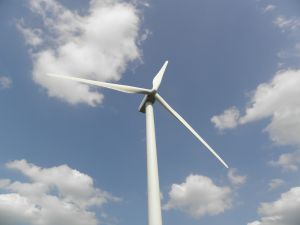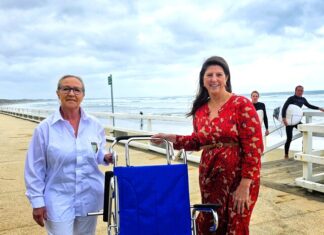By NOEL MURPHY
HYDRO Tasmania is still interested in a Bass Strait connection to the mainland despite dumping its $2 billion King Island wind farm plans to power Geelong.
The company dropped its 200-turbine TasWind project on economic grounds late last year after high-profile protests but this week confirmed it was working with the Tasmanian Department of State Growth on the feasibility of a second connector across Bass Strait.
“This work will involve progressing and updating work that Hydro Tasmania had already done around the TasWind project,” spokesman Ian Colvin told the Independent.
“Previously, (it) looked at route options through King Island and other direct possible cable routes and included a range of assessments, including seabed corridor route, Tasmanian and Victorian cable landing locations, land cable routes and grid connection issues.
“The current project will reassess direct interconnection options without going through King Island.”
Mr Colvin said the key objective of the work was to understand under what conditions a second interconnector would be viable under a range of market scenarios.
“The work will build significantly on all the work that Hydro Tasmania has undertaken in this space. It is expected to take a few months,” he said.
Hydro Tasmania, Australia’s largest renewable energy generator, said it would explore new wind farm opportunities after this week’s bipartisan federal agreement to lower the Renewable Energy Target from 41,000 gigawatt hours to 33,000, fully exempt trade-exposed industries and scrap two-yearly reviews.
But the company categorically rejected any chance of revisiting the King Island wind farm “RET or no RET”.
The dumped project would have been the biggest in the Southern Hemisphere – a 600 megawatt facility Roaring Forties wind, capable of providing power for 240,000 homes in the Geelong region.
The proposal faced hurdles from the start, including opposition on grounds that wind farms still needed coal-generated power as a back up and because the King Island site was important orange-bellied parrot habitat.
Hydro Tasmania dropped the project because: it was economically unviable as a stand-alone wind farm or as a staged connection to Tasmania; changing economic conditions had inceased the estimated capital costs by around $150 million; and extending TasWind as a staged connection to Tasmania would be more expensive than other direct connection options between the state and Victoria.







